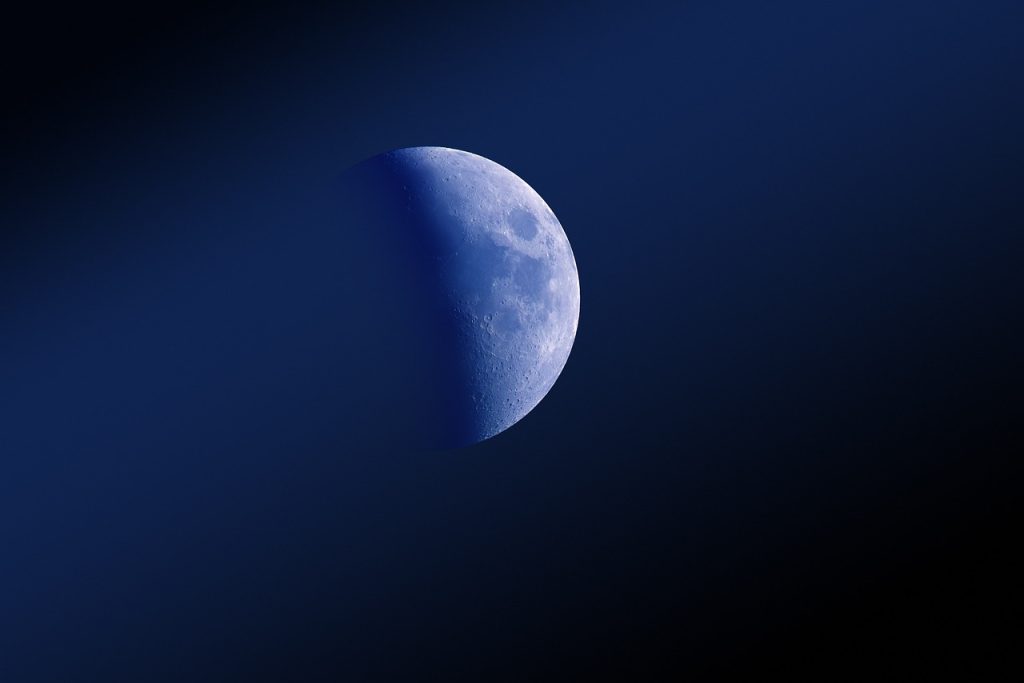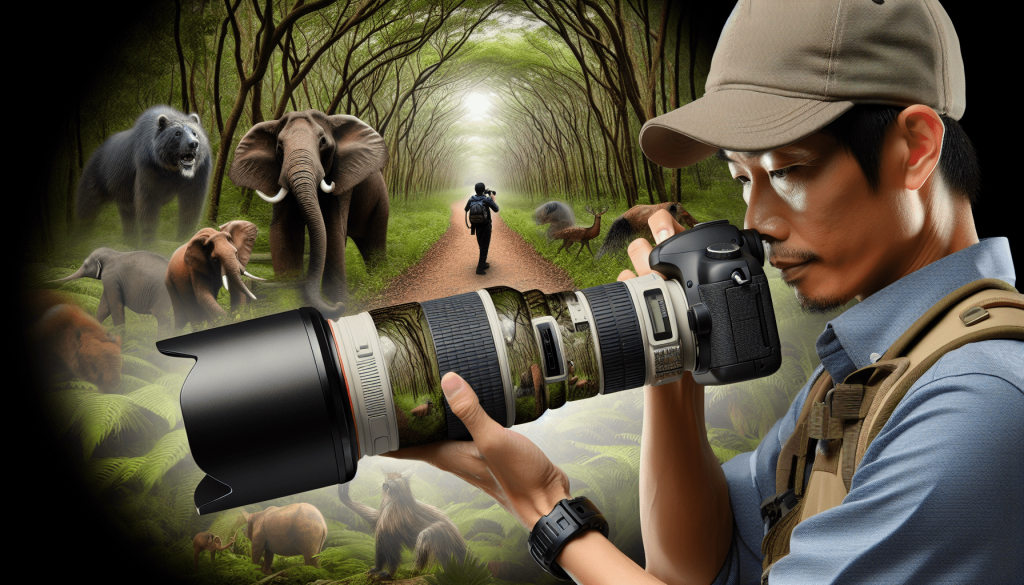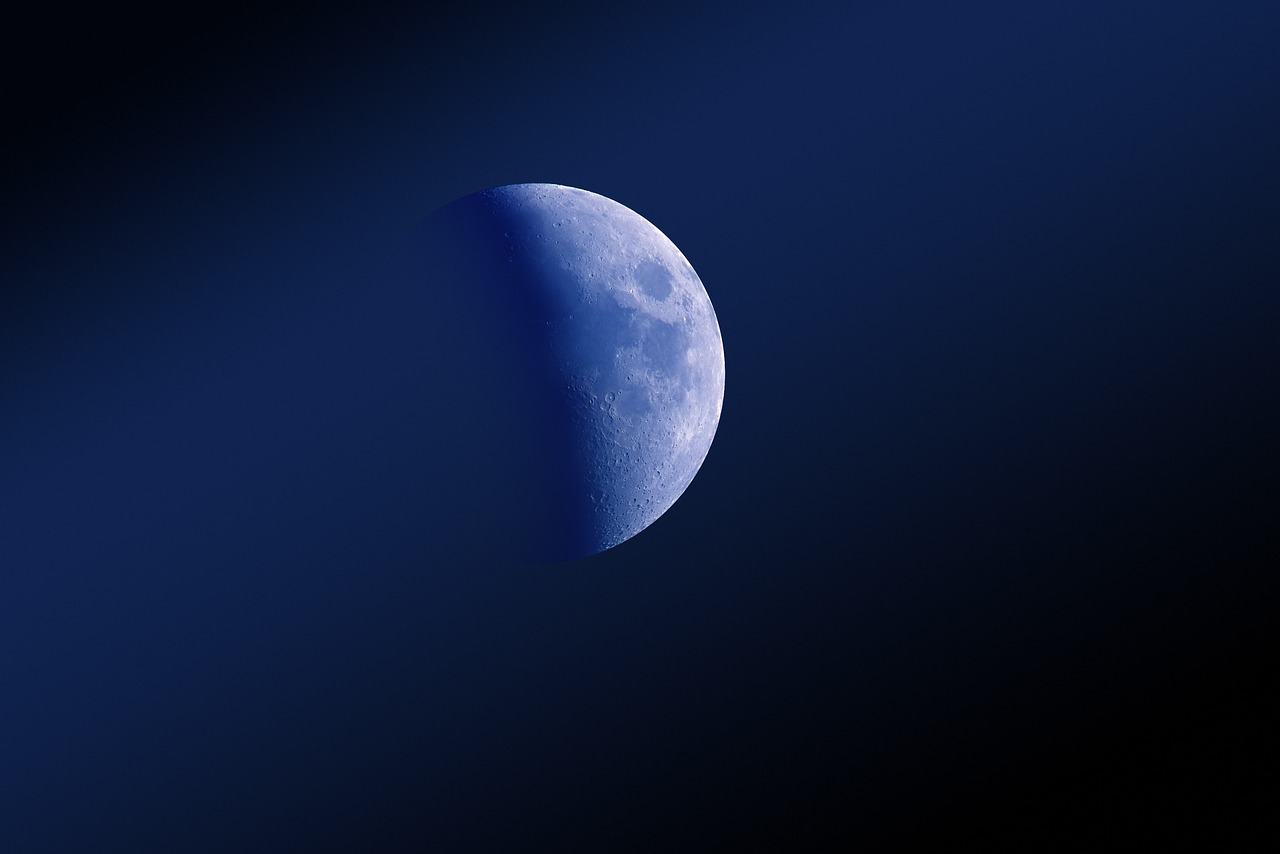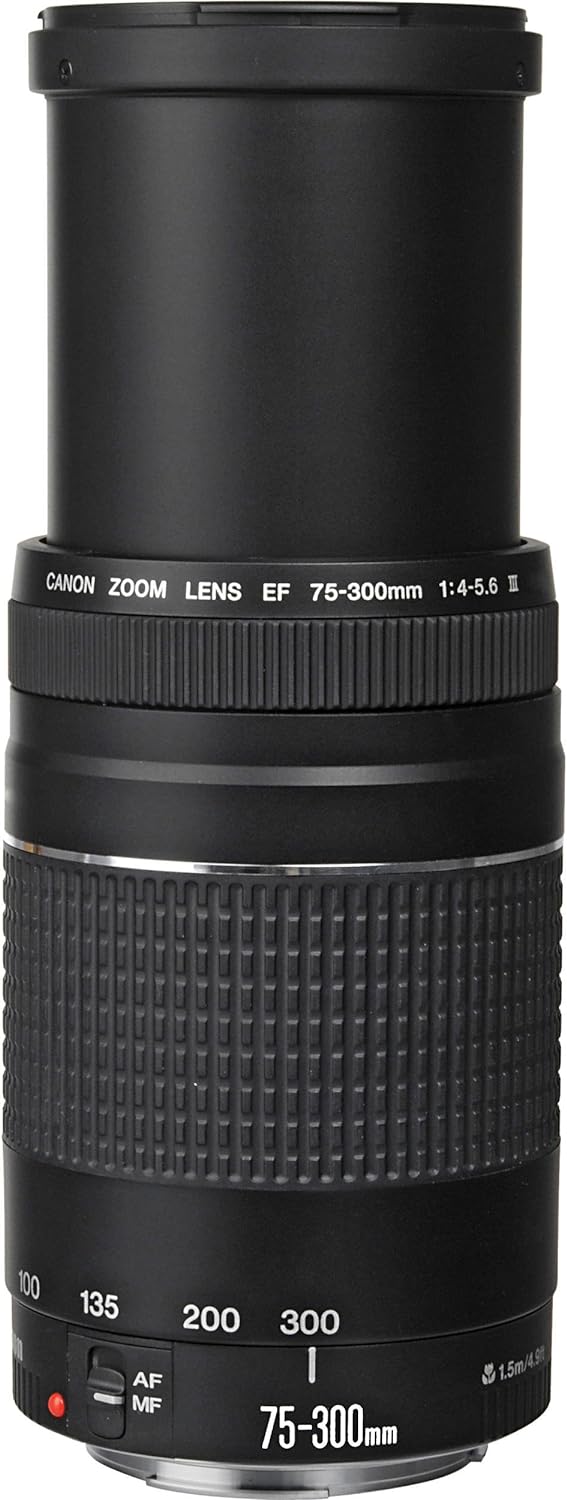Have you ever wondered about the downsides of using a telephoto lens? While telephoto lenses are great tools for capturing faraway subjects, they do come with their fair share of disadvantages. From decreased image quality to increased sensitivity to camera shake, there are factors to consider when deciding whether to use a telephoto lens or not. In this article, we will explore the disadvantages of telephoto lenses and how they can affect your photography. So, grab your favorite lens and let’s dive into the world of telephoto photography!

Limited Field of View
One significant disadvantage of using a telephoto lens is the limited field of view it offers. Unlike a wide-angle lens that allows you to capture expansive landscapes or group shots, telephoto lenses restrict the photographer’s perspective to a narrow area. This limitation can be frustrating when trying to capture the full beauty of a wide landscape or fit a large group of people into a single frame. So, if you’re looking to capture sweeping vistas or crowded scenes, a telephoto lens may not be the ideal choice.
Increased Image Shake
Another drawback of telephoto lenses is the increased image shake they can produce. Due to their longer focal length, telephoto lenses have a tendency to magnify even the slightest camera movement, resulting in blurry or shaky images. To combat this issue, it is necessary to use high shutter speeds or rely on tripods for stability. However, using higher shutter speeds may not always be practical, especially in low light situations, and carrying a tripod can add weight and bulk to your camera gear.

Bulk and Weight
Telephoto lenses are typically larger and heavier than other types of lenses. This can be a major disadvantage, as carrying around a heavy lens for extended periods can lead to fatigue and limit your mobility. Imagine going on a hike or exploring a new city with a hefty telephoto lens strapped to your camera. The added weight can make it physically tiring and restrict your ability to move freely to capture different angles or moments. Therefore, it is essential to consider the bulk and weight of a telephoto lens if you prefer to keep your photography experiences more lightweight and agile.
Expensive
When it comes to photography gear, telephoto lenses are often associated with a higher price tag. Their sophisticated optical design and specialized features contribute to their higher cost compared to other lenses. This price difference can be prohibitive for amateur photographers or those on a tight budget. Additionally, the cost of telephoto lenses may make it challenging for photographers to own multiple high-quality lenses, limiting their creative options and versatility.
Diminishing Image Quality
Telephoto lenses may introduce optical aberrations, which can negatively impact image quality. These aberrations can manifest as reduced sharpness, contrast, and color accuracy. As the focal length increases, the complexity of lens construction also increases, increasing the likelihood of potential image quality issues. While high-quality telephoto lenses can minimize these effects, they may still be noticeable, especially when compared to prime or wide-angle lenses. Thus, it is essential to carefully evaluate the potential impact on image quality before investing in a telephoto lens.
Limited Depth of Field
Shallow depth of field is another disadvantage associated with telephoto lenses. Due to their longer focal length, these lenses have a narrower range of focused distances, resulting in a limited depth of field. As a result, only a small portion of the image will be in focus, while the rest will be blurred or bokeh. While this effect can be creatively appealing for certain types of photography, such as portraits or wildlife close-ups, it may not suit every situation. Landscape photographers, in particular, may find themselves struggling to achieve the desired sharpness and depth throughout the entire scene when using telephoto lenses.

Difficulties in Focusing
Focusing with telephoto lenses can be more challenging compared to other types of lenses. These lenses require precise adjustments to achieve tack-sharp focus, and even a slight error can result in out-of-focus shots. The smaller depth of field, mentioned earlier, exacerbates this issue as it further reduces the margin for error. Whether you’re shooting fast-moving subjects or trying to capture intricate details, the need for precise focus can add complexity and potential frustration to your photography process.
Slower Autofocus Speed
Telephoto lenses often come with slower autofocus capabilities, which can be a significant disadvantage, especially when photographing fast-moving subjects. The longer focal length and the increased amount of glass elements in telephoto lenses can slow down the autofocus speed, making it difficult to track and capture action shots or fleeting moments. This limitation can be particularly problematic for sports, wildlife, or street photographers, who rely on quick and accurate autofocus to freeze the action and capture decisive moments.
Distortion and Compression
Telephoto lenses are known for their ability to compress perspective, but this feature can also be a disadvantage in certain situations. When photographing distant subjects, telephoto lenses can flatten their appearance, causing them to lose depth and appear compressed. Additionally, when shooting at wider apertures, telephoto lenses may introduce distortion, potentially distorting the shape of objects in the frame. Therefore, photographers must consider these factors when deciding whether to use a telephoto lens for particular subjects or scenes.
Limited Versatility
Lastly, telephoto lenses have narrow applications and may not be suitable for all types of photography. While they excel in capturing distant subjects and producing stunning close-ups, they may not be the best choice for other genres, such as landscape or street photography, where a wider field of view is often preferred. Investing in a high-quality telephoto lens can be justified if you frequently engage in specific types of photography, but for those seeking versatility and the ability to adapt to various shooting scenarios, a telephoto lens may not be the most practical choice.
In conclusion, telephoto lenses bring their fair share of disadvantages to consider. From the limited field of view and increased image shake to the bulk, weight, and higher price tag, there are significant trade-offs when opting for a telephoto lens. Furthermore, issues such as diminishing image quality, limited depth of field, difficulties in focusing, slower autofocus speed, distortion, and limited versatility further compound the potential challenges. As with any gear investment, it is essential to evaluate your specific needs, shooting style, and budget before deciding whether a telephoto lens is the right choice for you.



